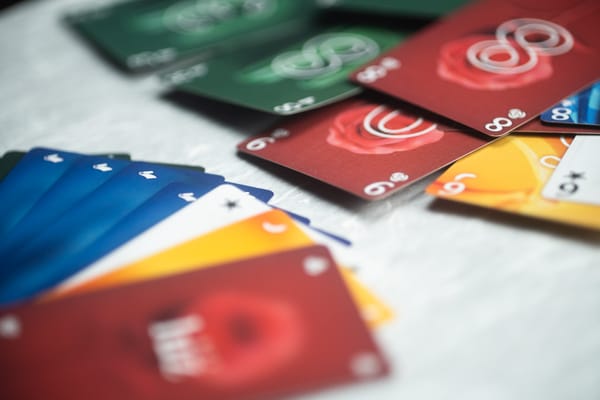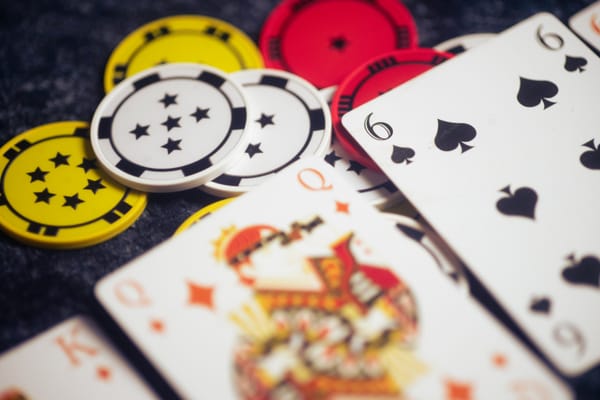Four board games that break convention
Breaking from the norm isn't a recipe for instant success, but it can make for a great board game.
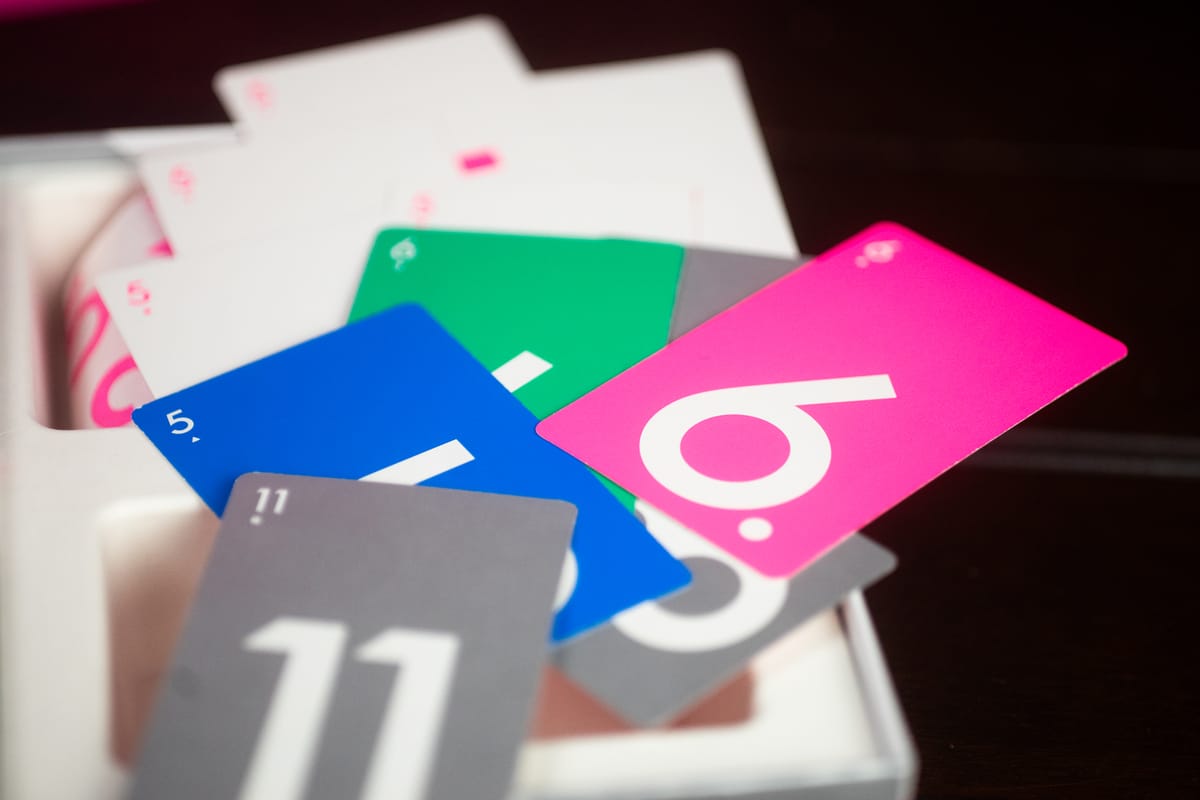
I love things that break conventions, that defy the norms. That’s not a new development — in fact, it’s probably just an extension of my teenage years that’s stuck around.
It’s not exactly unique: I love the work of directors like David Lynch, David Cronenberg.Modern art? Post-expressionism? I’m all in. Games that are more strange than they are strategic? You guessed right, I’m sure. An album composed on dot matrix printers? So cool. I know I’m not the only one that loves these things, and it’s probably a little bit of a stereotype, but I dunno, I am what I am, I guess?
But despite all that, none of these games are particularly weird.

Fives / The Green Fivura
Fives (Shinzawa, 2022) is a great trick-taker designed by one of the great trick-taking designers of a generation. Whether you love his games or are largely indifferent, it’s well-established that Taiki Shinzawa (Maskmen, Ghosts of Christmas, American Bookshop) is one of the influential figures in the genre’s growth in Japan, where a great deal of innovation has taken place over the last decade.
What’s so convention-breaking about this trick-taker? While there are plenty of games now that use the back of the card to convey some sort of information about a player’s cards, Fives does something a bit different. Each card has on its reverse a magenta 5. (This would have been a green 5 on the back in its first iteration, The Green Fivura. The rename and reprint comes as part of CMYK’s Magenta line, so I guess that explains that pretty neatly.) It’s not just artwork, and it’s not just a way to hammer home that the game is, in fact, called Fives. No, each card can, in fact, potentially be played as a magenta 5. Only one can be played to any given trick, but it gives you a great option to avoid negative outcomes — because, well, sometimes you want to win tricks in Fives, and sometimes you don’t. In each round, you’re aiming to reach exactly 25, counted from the cards you use to win tricks. It’s both truly about taking tricks and avoiding tricks, often in quick succession. See why you might want to dump a magenta 5 into the mix instead of winning? Yeah. It’s great.
Designed by Taiki Shinzawa, illustrated in its most recent edition by SMLXL, and published by CMYK.
Hanabi
Hanabi (Bauza, 2010) is a cooperative card game in which you’re playing cards in the correct order, but your communication is limited — as is your knowledge, because you can’t see the cards in your hand. It’s well-established ground by now, this whole ‘not seeing your cards’ thing, and there are a lot of games that do it to good effect. The same can be said for limited-communication cooperative card games.
Hanabi broke conventions by doing it in 2010, well before cooperative games were commonplace. It’s arguably one of the first cooperative card games, and it’s somewhat definitively inside the first 30 or so cooperative games released. When you add in not seeing your own cards, this is a game that developed new patterns of play that are increasingly well-established.
Designed by Antoine Bauza and published by R&R Games.
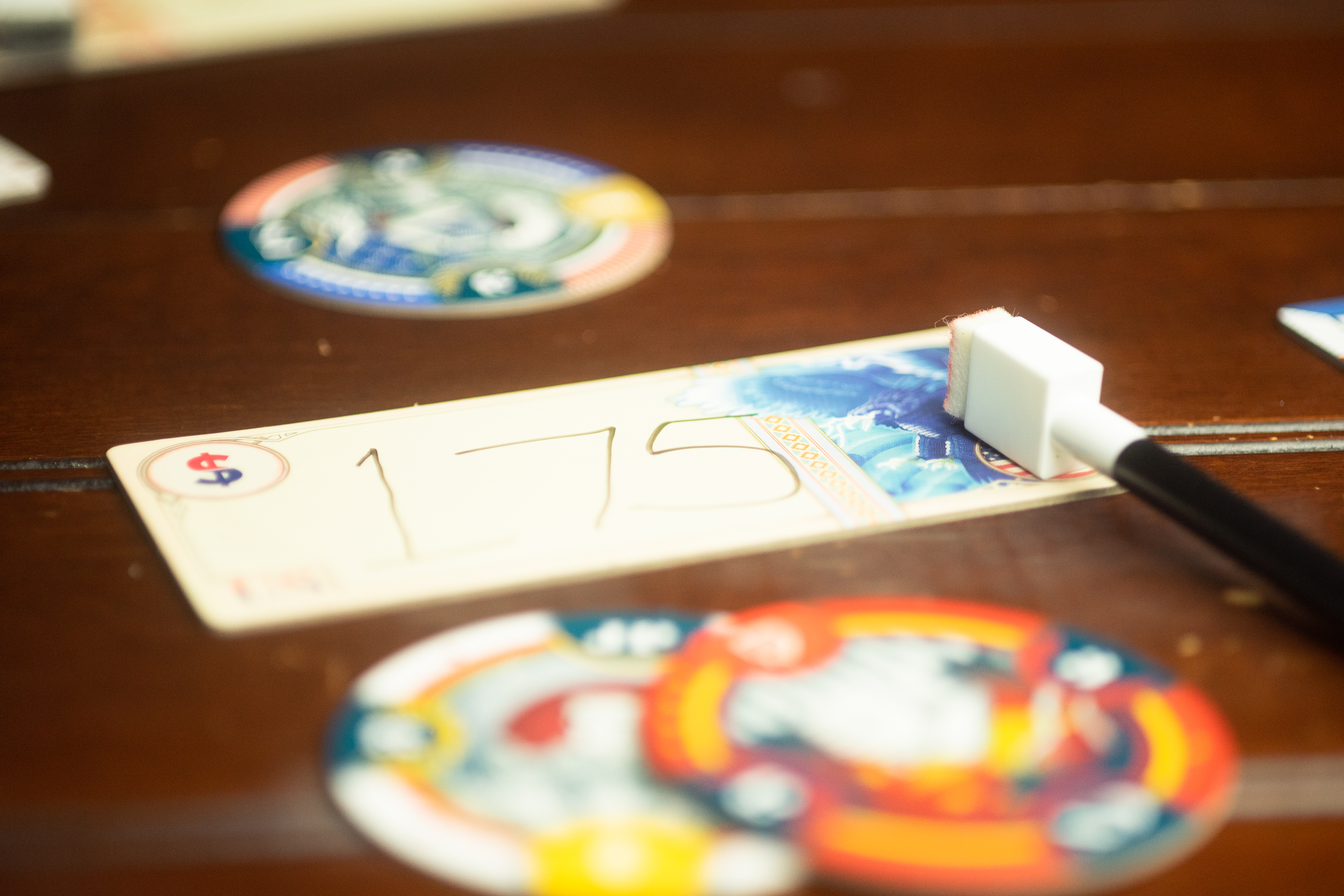
QE
When I think about great auction games, I think about games where you have to manage your resources closely so you don’t run out of money with which to bid. QE (Birnbaum, 2019) takes the usual auction game idea and turns it on its head: You have unlimited money. And by unlimited, it’s truly unlimited. If you want to win a bid, you can bid with a number as high as you’d like. A trillion dollars? Sure! A dollar? You bet. You get to decide what you spend, but there’s an important consideration: If you spend more money than anyone else in the game, you aren’t eligible to win.
For all the auction games I’ve played, none have the feeling of QE. It’s unusual, but in that quality, it thrives.
Designed by Gavin Birnbaum, illustrated by Anca Gavril, and published by AllPlay in 2019.
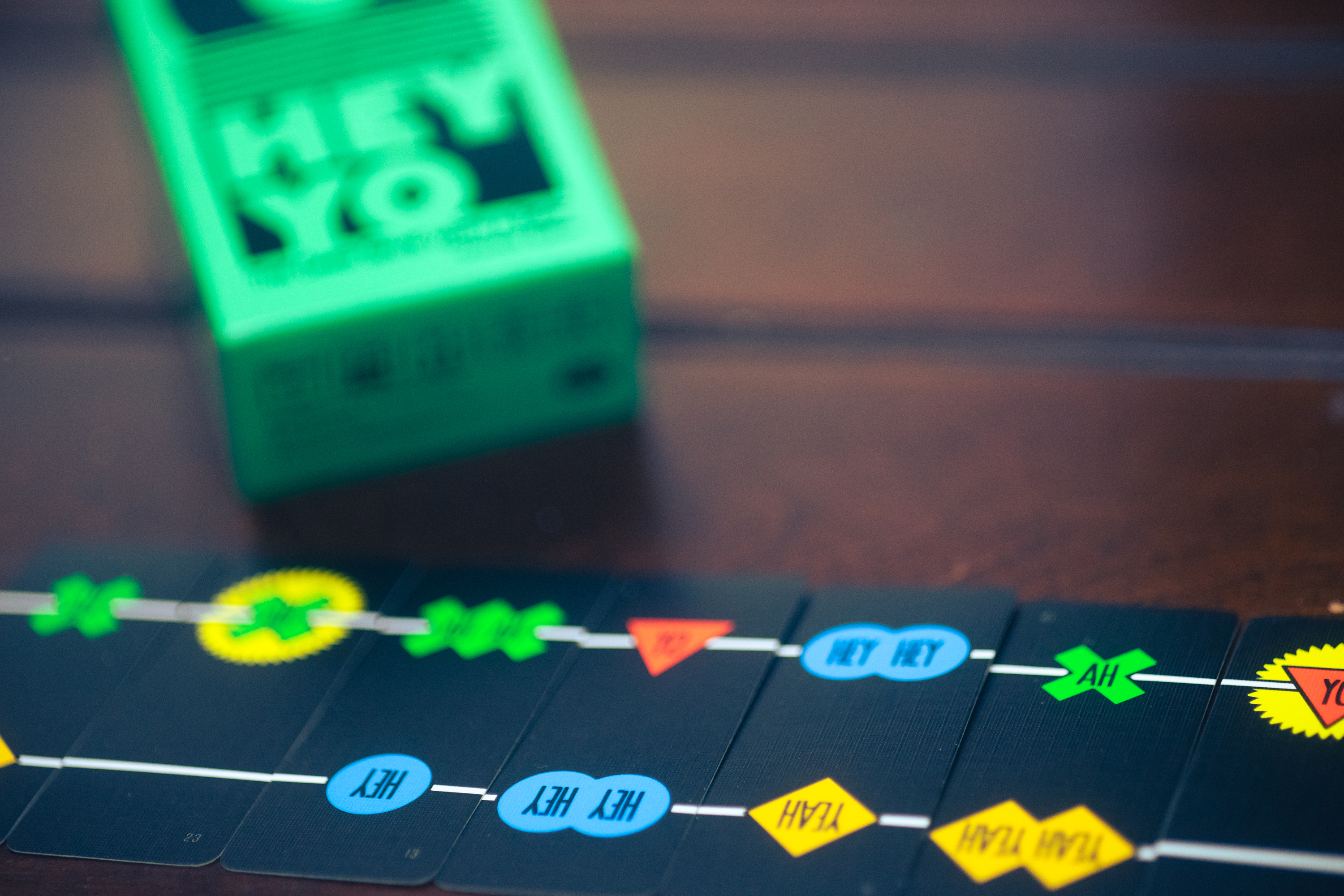
Hey Yo!
There’s an interesting back-and-forth relationship with board games and video games these days. It’s not exactly new, with some early video games being essentially recreations of physical experiences. Now, we can see the conversation between deck-building games, from Dominion (Vaccarino, 2008) to Clank! (Dennen, 2016) to the video game Slay the Spire (Mega Crit, 2019).
Hey Yo! (Saito, 2020) doesn’t continue that particular conversation, but it starts a new one: For many years, rhythm video games — from PaRappa the Rapper (NanaOn-Sha, 1996) to Dance Dance Revolution (Bemani, 1998) to Theatrhythm Final Fantasy (Square Enix, 2012) — had no real equivalent among board games.
This is the exception. Is it an amazing game? Not particularly, but you’ll probably enjoy it if you enjoy rhythm games or playful low-stakes party games. But what it does is interesting. It really does feel like a rhythm game. It feels like a small love letter to the genre. That’s unusual, and I’m all about that.
Designed by Takashi Saito, illustrated by Jun Sasaki and Hayashi Sasaki, and published by Oink Games.
Four honorable mentions
- The Game (Benndorf, 2015) and The Mind (Warsch, 2018) are both games that involve playing cards in order without communicating. They both owe something to Hanabi, but they operate in a different space, too.
- The Fuzzies (Hague, Vickers and Warsch, 2021) is a bit like Jenga if Jenga were played with fuzz balls that stick to each other.
- Wonder Bowling (Kawasaki, 2023) is a little itten-published game where you’re hitting the box of the game with a tiny bowling-ball mallet to knock over some (but not all!) pins. It’s weird.
Well, I managed to finally beat my friend Michael at Hive (Yianni, 2001), and as he’s 1) very supportive, and 2) a reader of this newsletter, I think it’s something that bears mentioning (specifically because his wife said I should write about it here). I now stand at a staggering 1-1-35 all-time — I’m just pleased I got a win within the first 100 games. Are there any games you play that you’re just not that good at, but you love to play anyway?



